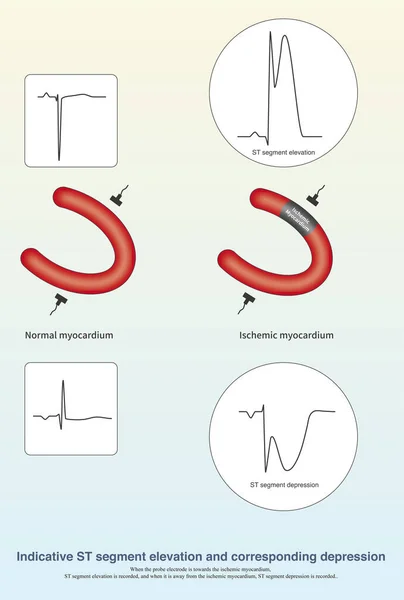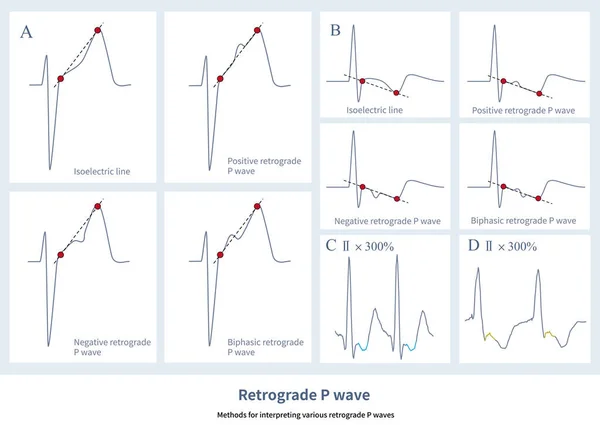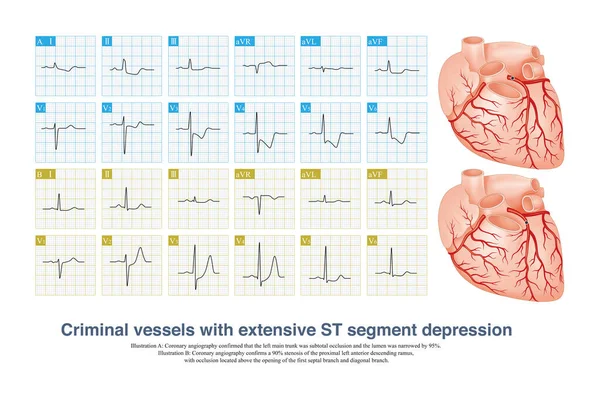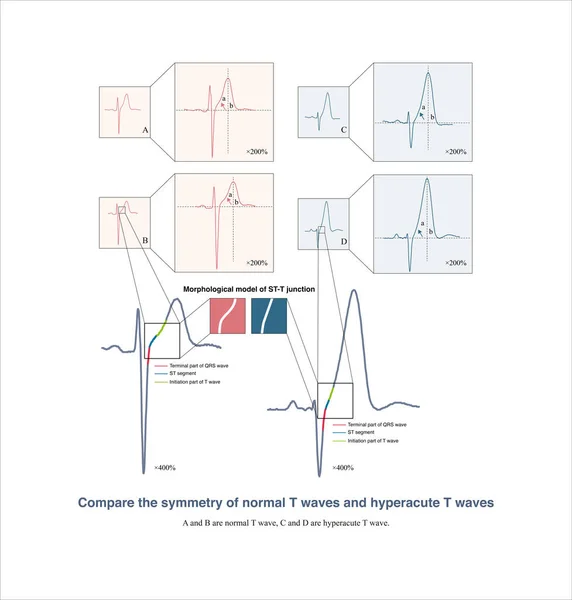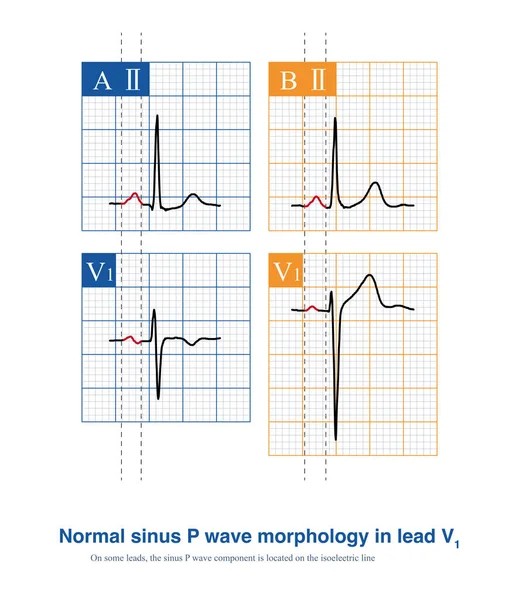Stock image When the ST segment is depressed, the amplitude of depression at point J and point J60 can be divided into three types: horizontal (A), downward sloping (B), and upward sloping (C).

Published: May.02, 2024 10:48:09
Author: asia11m
Views: 5
Downloads: 0
File type: image / jpg
File size: 4.91 MB
Orginal size: 10000 x 4807 px
Available sizes:
Level: beginner



